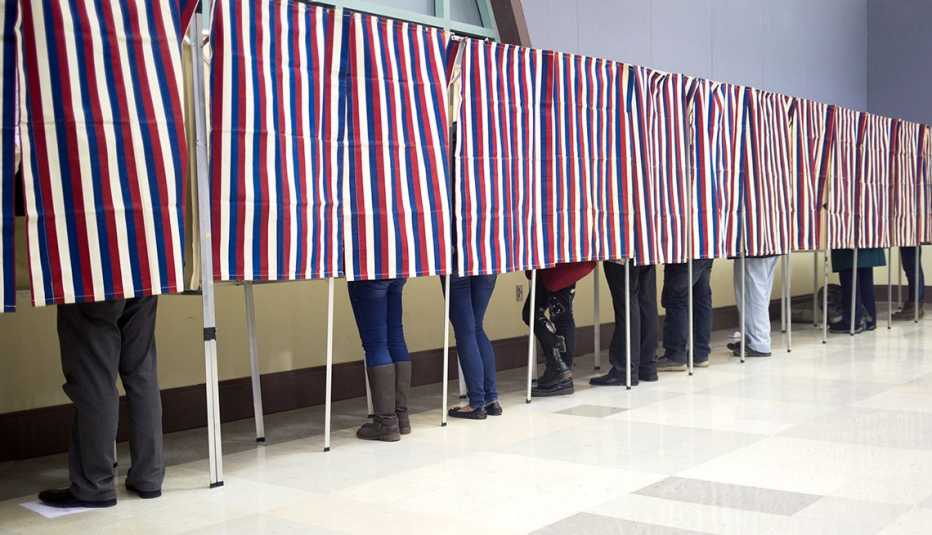Staying Fit


All 435 seats in the U.S. House of Representatives are up for election. Currently, there are 238 Republicans and 193 Democrats, with four vacancies. In the U.S. Senate, comprised of 51 Republicans and 49 Democrats, 35 seats will be up for grabs.
Across America, 36 governors will be chosen. Now, there are 33 Republican governors, 16 Democratic and one independent. Thousands of state senators and representatives are also on the ballot. These races are particularly important because the state leaders elected this fall will be the ones to decide how congressional redistricting lines are drawn after the U.S. Census in 2020.


AARP Membership— $12 for your first year when you sign up for Automatic Renewal
Get instant access to members-only products and hundreds of discounts, a free second membership, and a subscription to AARP the Magazine.
Who can vote in primaries varies widely by state. Some primaries are closed, meaning only those individuals registered in a party can vote in that primary. In partially closed primaries, each party decides whether the contest is open to voters not registered in any party.
In open primary states, voters can cast a ballot in any party’s primary. When a primary is partially open, voters can vote in any primary, but they then must register with that party.
A few states have unusual primary systems. In California, Washington and Louisiana, there’s one primary ballot and the top two finishers — regardless of party – move on to the general election.
Some states hold runoff elections when the top candidate does not reach a certain percentage of the vote. To find out the rules in your state, contact your local or state election office.
Here is this year’s primary schedule.
March 6: Texas
March 20: Illinois
May 8: Indiana, North Carolina, Ohio, West Virginia
May 15: Oregon, Pennsylvania, Idaho, Nebraska
May 22: Kentucky, Georgia, Arkansas
June 5: Alabama, California, Iowa, Mississippi, Montana, New Jersey, New Mexico, South Dakota
June 12: Maine, Nevada, North Dakota, South Carolina, Virginia
June 19: District of Columbia
June 26: Colorado, Maryland, Oklahoma, Utah
Aug. 2: Tennessee
Aug. 7: Kansas, Michigan, Missouri, Washington
Aug. 11: Hawaii
Aug. 14: Connecticut, Minnesota, Vermont, Wisconsin
Aug. 21: Alaska, Wyoming
Aug. 28: Arizona, Florida
Sept. 4: Massachusetts
Sept. 6: Delaware
Sept. 11: New Hampshire, New York
Sept. 12: Rhode Island
Nov. 6: Louisiana (This is the only primary on Election Day. If no candidate gets a majority, there’s a Dec. 8 runoff.)

































































More from AARP
Enough, Already. It’s Time to Work Together
Let’s all add civility to our list of New Year’s resolutions